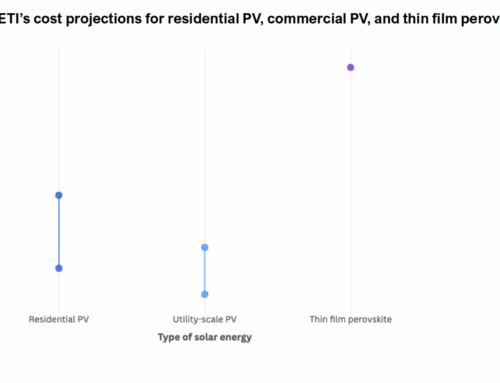Country’s new energy road map avoids one-size-fits-all dilemma
November 24, 2025

A fortnight of extended United Nations climate talks closed in Belem, Brazil, on Saturday amid torrential rain.
The sound of the rain was a fitting accompaniment to the storm of conflicting views evident at the 30th session of the Conference of the Parties to the United Nations Framework Convention on Climate Change, COP30.
It all started because of a dispute over including a road map to transition away from fossil fuels — whose emissions are the biggest contributors to climate change — into COP30’s final outcome.
Over 80 countries insisted that the final deal must include a concrete plan to act on the previous commitment to move beyond coal, oil, and natural gas adopted at COP28 in Dubai in 2023. But many delegates from the Global South disagreed, citing concerns about likely sudden economic contraction and heightened social instability. The summit thus ended without any agreement on this road map.
Now that the conference is over, and emotions are no longer running high, all parties should look objectively at the potential solution proposed by China, which some international media outlets wrongly painted as an opponent to the road map.
Addressing an event on the sidelines of the summit, Xia Yingxian, deputy head of China’s delegation to COP30, said the narrative on transitioning away from fossil fuels would find greater acceptance if it were framed differently, focusing more on the adoption of renewable energy sources.
Xia’s proposal is backed up by the robust renewable energy development and increasingly shrinking proportion of coal-fired power in China’s energy consumption mix. As of the end of June, China’s total installed renewable energy capacity had reached 2,160 gigawatts, representing more than 40 percent of the global total and exceeding the combined capacity of any other region.
Installed wind and solar capacity in China reached 1,206 GW by the end of July last year, surpassing the nation’s 2030 target of 1,200 GW six years ahead of schedule.
While China still has many thermal power plants, the vast majority of which are coal-fired, as of May the proportion of their capacity in the country’s total had declined to about 40 percent, from roughly 60 percent in 2020.
Currently, renewable energy capacity accounts for more than two-fourths of all the installed power capacity in China and one out of every three kilowatt-hours of electricity consumed in the country is from clean energy sources.
Such progress was made by following the principle of “establishing the new before abolishing the old”. That is replacing traditional power only after scaling up reliable new energy.
As Wang Yi, vice-chair of China’s national expert panel on climate change, pointed out, “The core objective of the energy transition is the creation of a new energy system. Without such a system, how can you transition away?”
Wang highlighted China’s road map to establish its new energy system through its five-year plans. China formulated relevant energy transition policies and an action plan during its 14th Five-Year Plan (2021-25) period. In the second half of this decade, during the 15th Five-Year Plan (2026-30) period, China plans to peak coal and oil consumption, and then gradually reduce coal consumption, while striving to accelerate the construction of a new energy system.
The country’s vision is to have a clean, low-carbon, safe and efficient new energy system preliminarily established by 2035, and it aims for non-fossil fuel sources to account for 80 percent of its total energy mix by 2060.
Wang underscored that instead of following a one-size-fits-all approach, different regions and departments, some of which have rich fossil fuel resources, have distinct roles to play.
Currently, coal-fired power’s primary function is to ensure base-load supply security, and it has transitioned to be a power source for flexible grid regulation, he noted.
Different countries’ energy transition pathways will inevitably differ due to their disparate economic, social and natural resource conditions, he pointed out. “This necessitates further research and explorations for each nation when they draft their own renewable energy development road maps”.
As Wang stressed, what is important is having long-term goals, concrete plans, and actionable steps for new energy development — as this is what “truly demonstrates a commitment to moving away from fossil fuels”.
Search
RECENT PRESS RELEASES
Related Post


